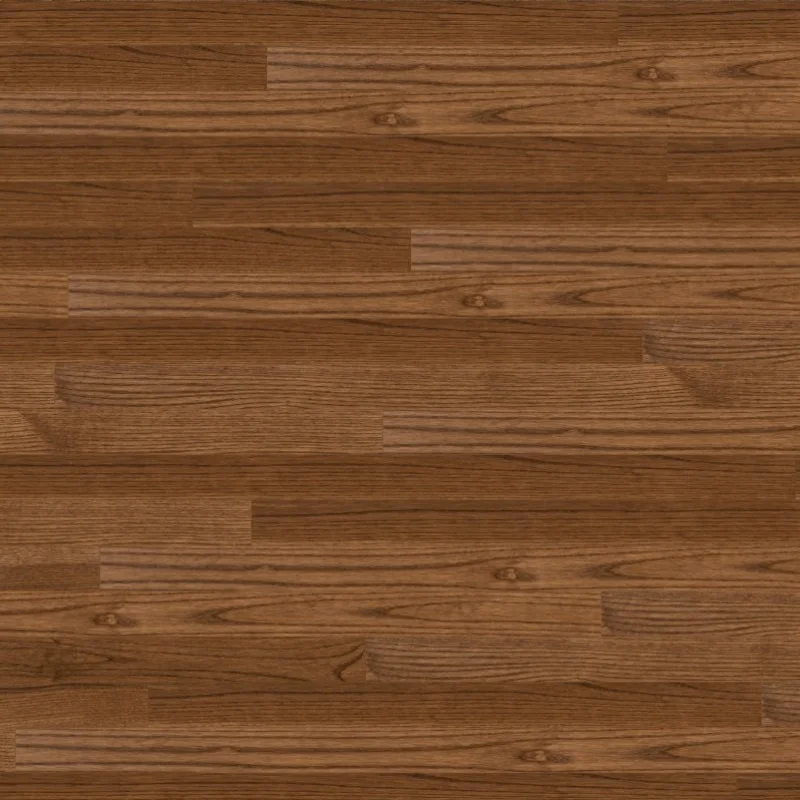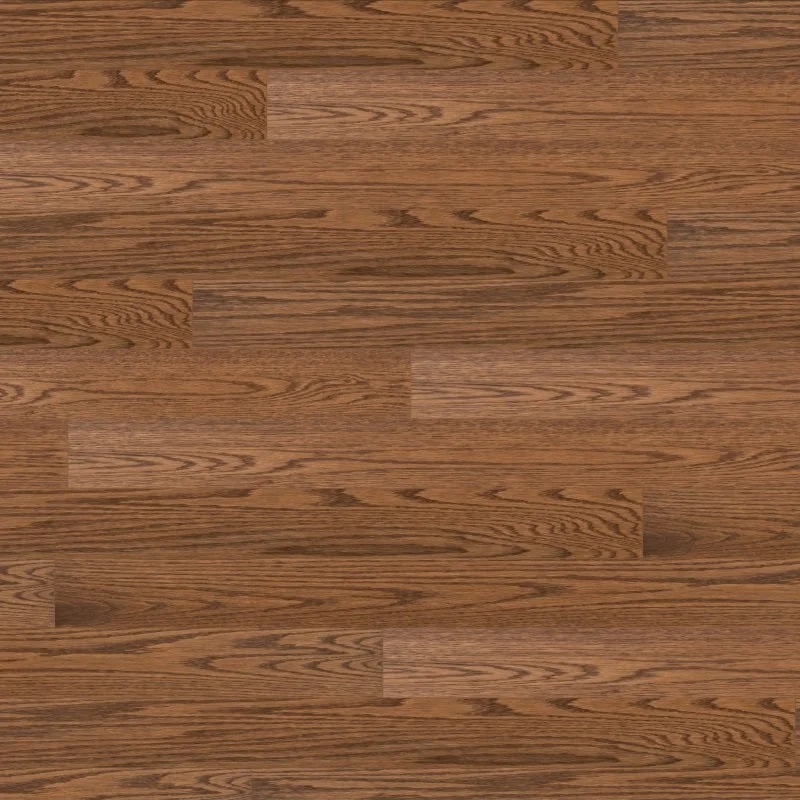Check out these top products on sale now:
Choosing the perfect hardwood flooring for your home is easy when you understand the options. As a leading flooring retailer, we understand the importance of selecting the right type of wood flooring that not only complements your home's aesthetics but also meets your lifestyle needs and budget. That’s why we put together this guide to help you understand engineered hardwood vs. solid hardwood flooring.
Hardwood floors are renowned for their beauty, durability, and ability to add value to any space. However, the decision between engineered and solid hardwood can be complex, as each offers unique advantages and considerations. Engineered hardwood, known for its stability and versatility, is an excellent choice for areas with varying humidity levels or for installation over concrete slabs. On the other hand, solid hardwood flooring is prized for its longevity and the timeless appeal it brings to homes, with the option to refinish it multiple times throughout its life.
Our goal is to help you navigate these options with ease, providing you with the knowledge you need to make an informed decision that aligns with your home's specific requirements. From understanding the structural differences and benefits of each type to considering factors like moisture, climate, and installation, we've got you covered.
Which is Better – Hardwood or Engineered Hardwood?
There are two primary ways for a sculptor to create a statue: by reduction or by construction. Wood flooring works the same way. Solid hardwood flooring is produced by reducing the material to the shape and thickness desired – a hardwood plank is cut, planed, and sanded down. Engineered wood flooring is constructed — it is built up to the shape and thickness desired by layering thin layers of hardwood one on top of another. Each has its advantages.
Choosing between engineered hardwood and solid hardwood depends on various factors, including your specific needs, the intended installation environment, budget, and personal preferences. Aesthetics can also play a significant role. Some people prefer the look, feel, and longevity of solid hardwood, while others appreciate the versatility and stability of engineered hardwood. Ultimately, the "better" option depends on your specific needs, preferences, and the characteristics of the space where the flooring will be installed.
Interested in New Hardwood?

Ash, Copper by Wickham Hardwood

Hard Maple, Pyramid by Wickham Hardwood

Red Oak, Copper by Wickham Hardwood
What Are the Advantages and Disadvantages of Solid Hardwood?
Solid hardwood floors can be sanded and refinished again and again over several generations of use. Scratches, dents, stains, or wear can be removed in this fashion, and the floor can be restored to its original condition. This offers a timeless appeal and can add more value to a home due to its longevity.
Because solid wood flooring absorbs moisture, it naturally expands and contracts with changes in your home’s relative humidity. Installers allow for this by leaving an expansion gap between the floor and the wall, and conceal the gap by adding base molding or quarter round where the floor meets the wall. Because of its sensitivity to climate, solid hardwood is less suitable for basements or areas with significant climate fluctuations.
What Are the Advantages and Disadvantages of Engineered Hardwood?
Because engineered wood flooring is produced by stacking several layers of hardwood in a cross-grain configuration and bonding them together under heat and pressure, it is less likely to be affected by changes in humidity and can be installed at all levels of the home. The cross-grain approach resists warping. Sanding of engineered wood floors is not recommended, as the top layer may only be 1/8th to 1/16th of an inch thick.
It can be installed using different methods, including floating (not nailed or glued), which makes it easier and sometimes less expensive to install, especially over existing floors. It also uses less solid wood per plank, which can be more sustainable if sourced responsibly.
Engineered Hardwood vs. Hardwood Maintenance
Both solid and engineered hardwood flooring require similar routine care. However, when considering long-term maintenance, solid hardwood floors offer the advantage of being able to undergo sanding and refinishing several times without altering their appearance. Engineered wood floors, which feature a hardwood top layer, also support multiple refinishing efforts. Yet, thanks to modern and advanced finishing technologies, it's becoming increasingly rare for either solid or engineered hardwood floors to require refinishing. Here are some key tips for engineered hardwood and solid hardwood maintenance.
Immediate Spill Cleanup: For both types of wood flooring, it's crucial to wipe up spills immediately to prevent water damage or staining. This is especially important for engineered wood floors, as moisture can seep into the layers and cause warping or delamination.
Use of Proper Cleaning Products: It's recommended to use cleaning products specifically designed for hardwood floors. Avoid using harsh chemicals or abrasive cleaners that can strip the finish or damage the wood's surface.
Regular Dusting and Vacuuming: Regularly removing dust and debris can prevent scratches and wear on the floor's surface. Use a soft-bristled broom or a vacuum with a hardwood floor attachment to avoid scratching the wood.
Avoiding Excessive Water and Steam: While mopping, use a damp mop rather than a wet one, and avoid using steam mops on both solid and engineered hardwood floors. Excessive water and steam can damage the wood, causing it to swell, warp, or develop mold.
Protective Measures: Use felt pads under furniture legs to prevent scratches and dents. Avoid wearing high heels or dragging heavy objects across the floor. Area rugs and mats can also be placed in high-traffic areas to minimize wear.
Climate Control: Maintaining a stable indoor environment can help prevent the wood from expanding and contracting, which can lead to gaps or buckling. Use a humidifier or dehumidifier as needed to keep humidity levels consistent.
Sunlight Protection: Prolonged exposure to direct sunlight can cause the wood to fade or discolor. Use curtains, blinds, or UV-protective window films to protect your floors from sun damage.
By incorporating these maintenance tips, you can help ensure that both solid and engineered hardwood floors remain beautiful and durable for years to come.
Floors USA Has the Largest Selection of Engineered Hardwood and Solid Hardwood in the King of Prussia Area
“Floors USA did an exceptional job providing us with a very good price for our new hardwood floors. They also assured the installation was done correctly. We are so grateful for all they did from the very start to completion of this project.” — Phyllis
“We are loving our beautiful hardwood wide plank European floors and the color. The installers are very courteous, professional, detailed, and talented with laying floors. We also love our new Karastan carpet with the cool patterns as well as our plush bedroom carpets. These choices were all high end quality products recommended when we visited the showroom. If there’s any glitches or concerns, they’ll make every effort to fix it until we’re satisfied. That’s great customer service especially in this day and age!” — Devin
“We had a great experience with our recent floor purchases. We needed an education in vinyl flooring versus engineered hardwood. Only wish we had found Floors USA before now. We will definitely be back for future projects.” — Merion
Contact us to get started!
No obligations — let’s discuss your project and see how we can help!
King of Prussia Showroom
| Mon | 9:00AM - 8:00PM |
| Tue | 9:00AM - 6:00PM |
| Wed | 9:00AM - 8:00PM |
| Thu | 9:00AM - 6:00PM |
| Fri | 9:00AM - 8:00PM |
| Sat | 9:00AM - 6:00PM |
| Sun | 11:00AM - 5:00PM |
Request Estimate
Let one of our experts help you find the perfect floor!
Success!
Thank you! We'll be in touch shortly.

